Ten common problems in the use of chemical fertilizer and their solutions (with identification of chemical fertilizer)
1. Burning seedlings
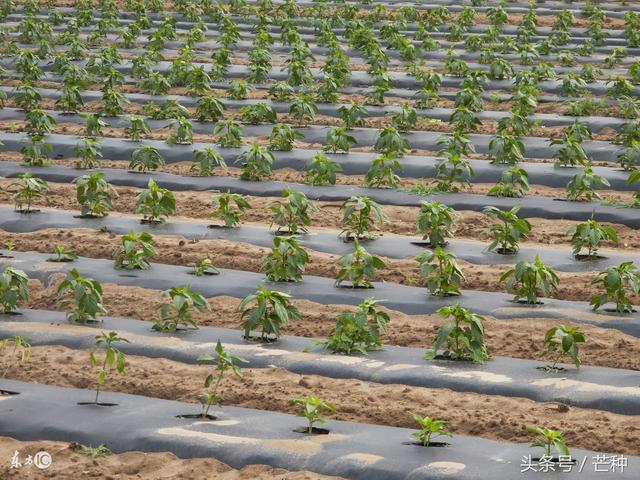
Reason:
The concentration of fertilizer is too high.
Solution:
Massive watering
Foliar spraying of dilight potassium phosphate
Timely replanting and replanting
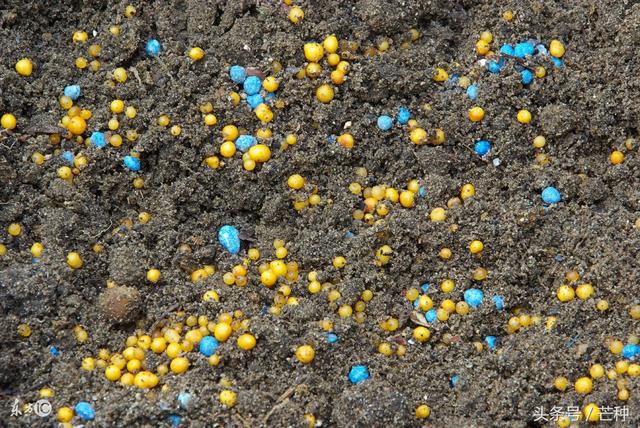
2. The fertilizer is not changed.
Reason:
Soil drought
The fertilizer itself is too thick.
Fertilizer is low in nutrients and rich in fillers
Solution:
Select high concentration fertilizer
Watering after fertilization
Do not spread the soil surface
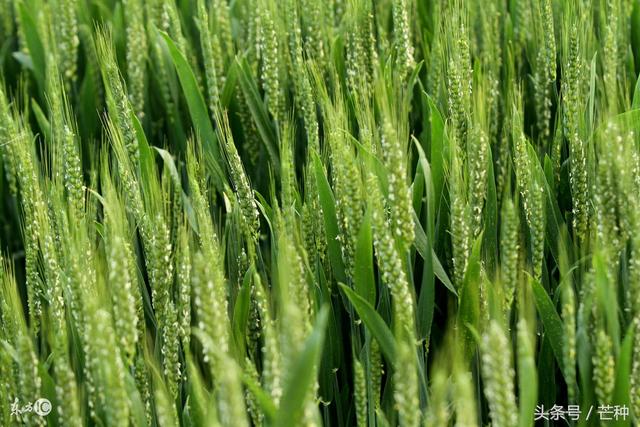
3. The same fertilizer grows differently.
Reason:
Uneven fertilization
Soil fertility difference
Continuous cropping effect
Low-lying soil consolidation
Last crop herbicide residue
High soil moisture or drought
Solution:
Multi-stage fertilization and timely topdressing of poor growth
Try not to repeat it for many years.
Regulation of soil physical and Chemical Properties by Multi-use Organic Fertilizer
Prohibit the use of inferior herbicides to reduce the impact on the next crop
Rational irrigation to maintain soil moisture 60-70%
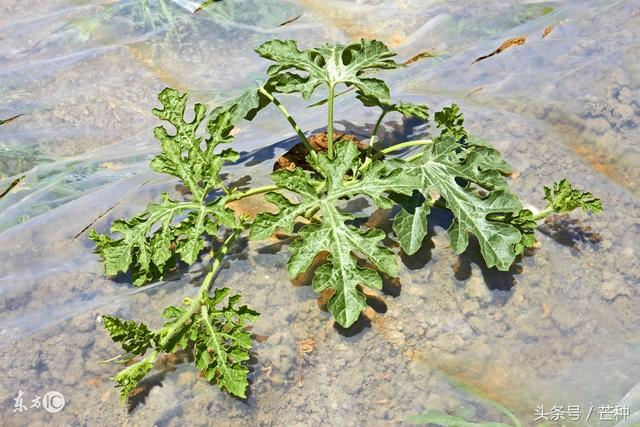
4. Stiff seedlings
Reason:
Low soil temperature leads to phosphorus deficiency
There are more reducing substances in the soil, such as hydrogen sulfide, which is toxic to rice roots.
Zinc deficiency in soil with partial application of nitrogen fertilizer
Soil salt weight
Solution:
Pay attention to the application of trace elements, especially zinc fertilizer
Adjust the sowing time to miss the cold wave
Using more organic fertilizers to improve soil and reduce soil toxicity
Keep the soil moist to prevent excessive drought
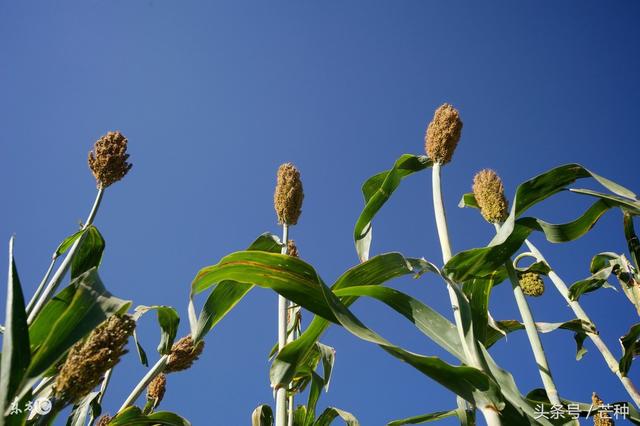
5. The leaves are abnormal.
Reason:
Redness-low temperature phosphorus deficiency
Yellowing-urea excess
Whitening-biuret poisoning
Other-lack of medium and trace elements
Solution:
Balanced fertilization
Change the habit of fertilization
Timely foliar supplement of trace elements
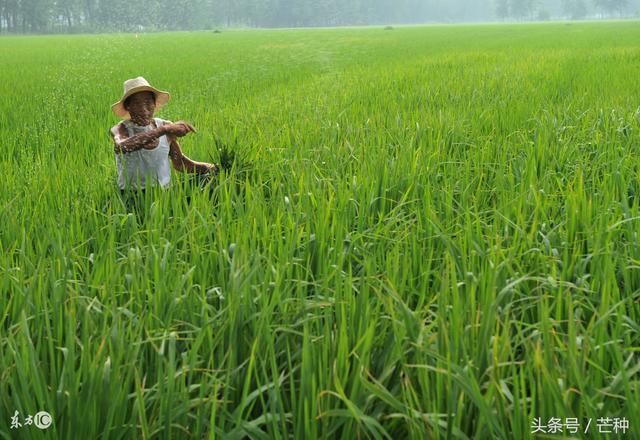
6. Fertilization method
Sashi-easy to lose drought prohibited
Apply it in strips-- good results
Acupoint application-it is forbidden to be too close to the root
Extra-root topdressing-a small amount for many times
7. Planting fertilizer
It is not suitable to make fertilizer:
High concentration of chemical fertilizer (e. G. urea)
Chemical fertilizer with strong hygroscopicity (e. G. ammonium nitrate)
Highly volatile fertilizers (such as ammonium bicarbonate)
Chlorine-containing fertilizers (e.g. potassium chloride and ammonium chloride)
High concentration compound fertilizer
8. Misunderstanding of fertilization
The following views are wrong:
Eager for success: when fertilizing, "close to the plant, fertilizer" is easy to be absorbed
Be greedy and ask for more: fertilize the crops after the lack of fertilizer
Remedy the problem when it arises: as long as the crops grow well (catch the seedlings), they can get high yield.
Personal preference: as long as more fertilizer is applied, the high yield can be obtained, and the high benefit only pays attention to the application of a large number of elements, not to the application of medium and trace elements.
9. Identification of chemical fertilizers [1]
Packaging: the fancy fertilizer packaged may not be of good quality.
Function: the more fertilizer you promise, the more unreliable it is.
Color: the more colorful the fertilizer is, the more worried it is, especially potash fertilizer.
Content: fertilizer with high content is good by comparison.
Name: don't think that the name of foreign fertilizer is imported.
10. Identification of chemical fertilizers [2]
Appearance: nitrogen fertilizer is white crystal, potash fertilizer is white crystal, but Canadian potash fertilizer is reddish brown, phosphate fertilizer grayish white or gray
Solubility: both nitrogen and potash fertilizers are soluble in water, while phosphate fertilizer is only partially soluble or insoluble in water.
Combustion: a large amount of white smoke, ammonia odor, sour taste, bursting sound, dry explosion beating, combustion-supporting effect
After you remember the prescription for 10 kinds of common pests in vegetables, you will be an expert!
What are the lower and higher fungi that cause crop diseases?
Picture and text: identification of 15 common diseases of vegetables + drug formula is half an expert!
A detailed explanation of the main points for the Identification of 30 kinds of Diseases in vegetables to teach you to recognize the Diseases (Ⅱ)
Super inspirational fertilizer advertisement in Thailand: do you want to buy it? if you buy it, you are that kind of person.
- Prev
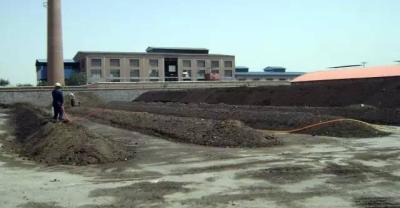
The trend of chemical fertilizer price today
Urea: many land prices are slippery this week. Trading in the urea market is weak, and prices in many places have fallen. There are not many production reduction and maintenance enterprises, and the operating rate of urea is basically maintained at more than 60%. According to the unified system.
- Next

The top ten hazards caused by excessive fertilizer!
We have relied on the grain of chemical fertilizer crops for decades, which has provided a great help for us to increase grain production. But decades of single use of chemical fertilizer has been.
Related
- Fuxing push coffee new agricultural production and marketing class: lack of small-scale processing plants
- Jujube rice field leisure farm deep ploughing Yilan for five years to create a space for organic food and play
- Nongyu Farm-A trial of organic papaya for brave women with advanced technology
- Four points for attention in the prevention and control of diseases and insect pests of edible fungi
- How to add nutrient solution to Edible Fungi
- Is there any good way to control edible fungus mites?
- Open Inoculation Technology of Edible Fungi
- Is there any clever way to use fertilizer for edible fungus in winter?
- What agents are used to kill the pathogens of edible fungi in the mushroom shed?
- Rapid drying of Edible Fungi

